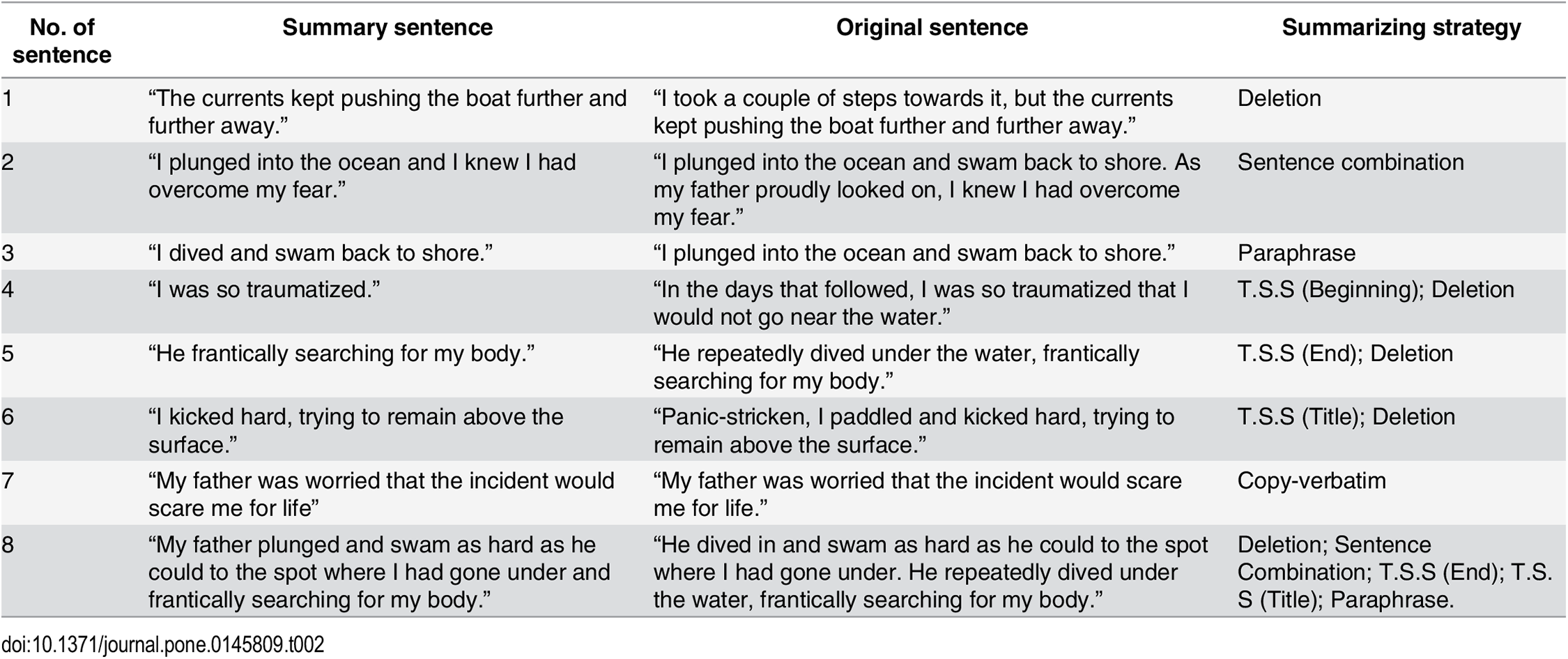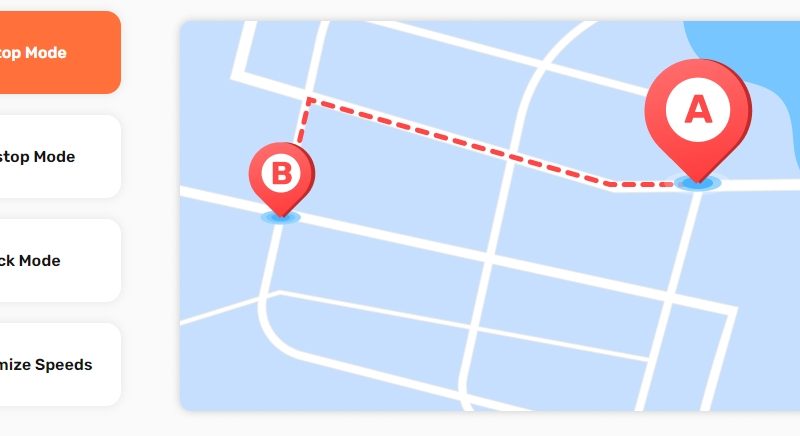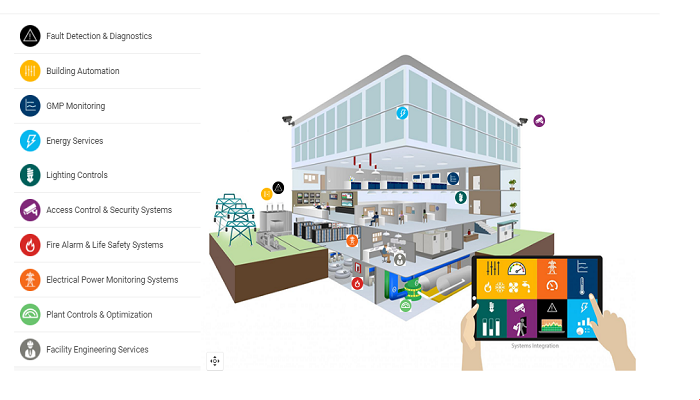Summarizing Techniques 5 ways to Summarize a Passage

Every student has come across writing summaries during their academic life. It’s a technique that improves students’ reading and writing ability to produce credible information in the least words possible.
Summarizing is helpful if you want to explain something lengthy in just a few key points or highlights. A summary is a great way to introduce a story or a topic in a concise introduction.
The text summarization process generally requires reading a passage, understanding the key points and highlights. Then finally, write the passage in your own words. The same concept is followed in precise writing, although the length of the final output may vary.
Summarizing helps develop both reading and writing skills. You can follow several techniques to summarize a passage or an article. This article will discuss strategies for creating a good summary and how it is different from a typical passage.
What is Summarization, and How is it Different from Paraphrasing?
Before we discuss the summarizing method, we should clarify that paraphrasing is different from summarizing.
Both paraphrasing and summarization require reading, understanding, and writing, but the main difference is the text length in both methods.
Paraphrased text is almost equal in length to the original passage, whereas a summary has to be one-third or 15% of the actual length of a passage. A summary should contain all the highlights and key points discussed in the passage in the form of a paragraph.
Now let’s discuss some practical techniques that can help us produce concise text to cover maximum information in minimum words.
1.Skim Information from The Passage
The first thing you need to perform is skim information from a passage. Skimming is about gathering the highlights or general ideas from a passage that defines the story of the whole text.
Sometimes students don’t feel like reading the whole passage during an exam due to time limitations. Therefore, skimming helps to understand the entire story much more easily. If you’re familiar with the skimming strategies, you won’t have to waste time reading the whole paragraph.
While working on the skimming strategy, make sure not to miss any passage section. You have to read and go through the whole passage to avoid missing out on anything. Especially the first and last paragraphs of the passage are not to be missed.
Skimming is helpful if the passage includes headings or subheadings. It makes it easy for students to look at the main topic and understand the component by reading the headings. If there are no subheadings in the passage, follow the following technique.
2. Read The First Lines
If you don’t have any quotations or subheadings that divide a passage into different sections, focus on reading each paragraph’s first line. The opening line of every writing section provides a brief introduction of its contents. And that’s precisely what you’re looking for.
Use the first one or two lines of each paragraph to get the idea of the whole passage. After accessing or reading the first line, you’ll begin to get an outline for your summary already.
If you do have sufficient time, do give a read to the last lines of each paragraph as well. So now you have got yourself a bunch of sentences that provide a pretty good idea of the beginning and end of passage contents.
These lines are like the introduction and conclusion of an article. You can develop a good summary once you have combined and understood the introductory lines of each paragraph or section.
3. Highlight The Important Sentences
This is probably the most effective but time-consuming technique to summarize textas you have to perform a lot of reading through the passage to look for important points. But on the other hand, highlighting the crucial issues from the whole passage is the right way of summarizing.
The summary is like an overview of the whole passage, so the first goal is to keep the unwanted information and sentences out of your writing.
Identifying the basic sentences depends on your reading ability. While reading the passage, how quick and attentive you are would make a huge difference in identifying the key points.
Once you have highlighted the critical text, you can paraphrase these sentences in your own words to produce a summary. Yet again, if the passage includes headings or paragraphs, highlighting the essential sections becomes a lot easier.
4. Reread and Rewrite
A much simpler technique that resembles the concept of paraphrasing is reading the passage and writing the summary. The idea is to read the whole paragraph and write what you understood in just one or two lines.
This technique works part by part as you don’t have to read the whole passage all at once. Just focus on the specific areas which seem exciting and vital to feature in a passage.
This technique is more like providing a review or feedback on something. But you have to be concise yet compelling while writing a summary of a passage. While performing this technique, you have to rely on accurate synonyms.
5. Use Summarizing Tools
Technology has improvised to deliver authentic solutions for writing problems in the past few years. Nowadays, you can always depend on summarizing tools for creating quality content with the help of automation.
Summarizing tool is another way of creating short and readable content for your writings. Blog writers and web content writers rely on summarizing tools to make short introductions and conclusions for their publications.
Students can efficiently perform precis writing for an essay or add conclusions for a passage using summarization tools. These tools support several options to summarize text based on word count or percentage length. You can access these tools online to write readable and concise copies of the text.
Conclusion
Summarizing is a healthy practice for students to improve their understanding and implementation ability.
This skill is helpful in both academic and blog writing. Summarization helps develop proficient English reading and writing skills that make one an efficient researcher.






